IF YOU’RE looking for something unique to use in your next hot rod or street machine then check out this V12 LS1 engine from Aussie guys Matt and Shane Corish at V12LS.com.
While this V12 might seem like the answer to a question that very few have asked, it’s a pretty cool piece of engineering. The guys took two standard LS1 V8 engines and cut down through the centre of the first cylinder to make the rear half of the block and then cut away the rear one-and-a-half cylinders of a second block to create the front section. The two sections were then welded together and the new V12 block completely re-sleeved and line honed through both the main and cam tunnels by the guys at Dandy Engines. The four LS cylinder heads had a chamber cut from each, before being welded together to create one very long head for each side, and Shane created the patterns for the one piece cast alloy rocker covers at home. “I made the patterns on my little CNC mill, and then finished the castings off at home as well,” Shane says. “The heads had to be cut through the bolt holes so I milled up some shouldered sleeves for those bolt holes to help spread the load.”
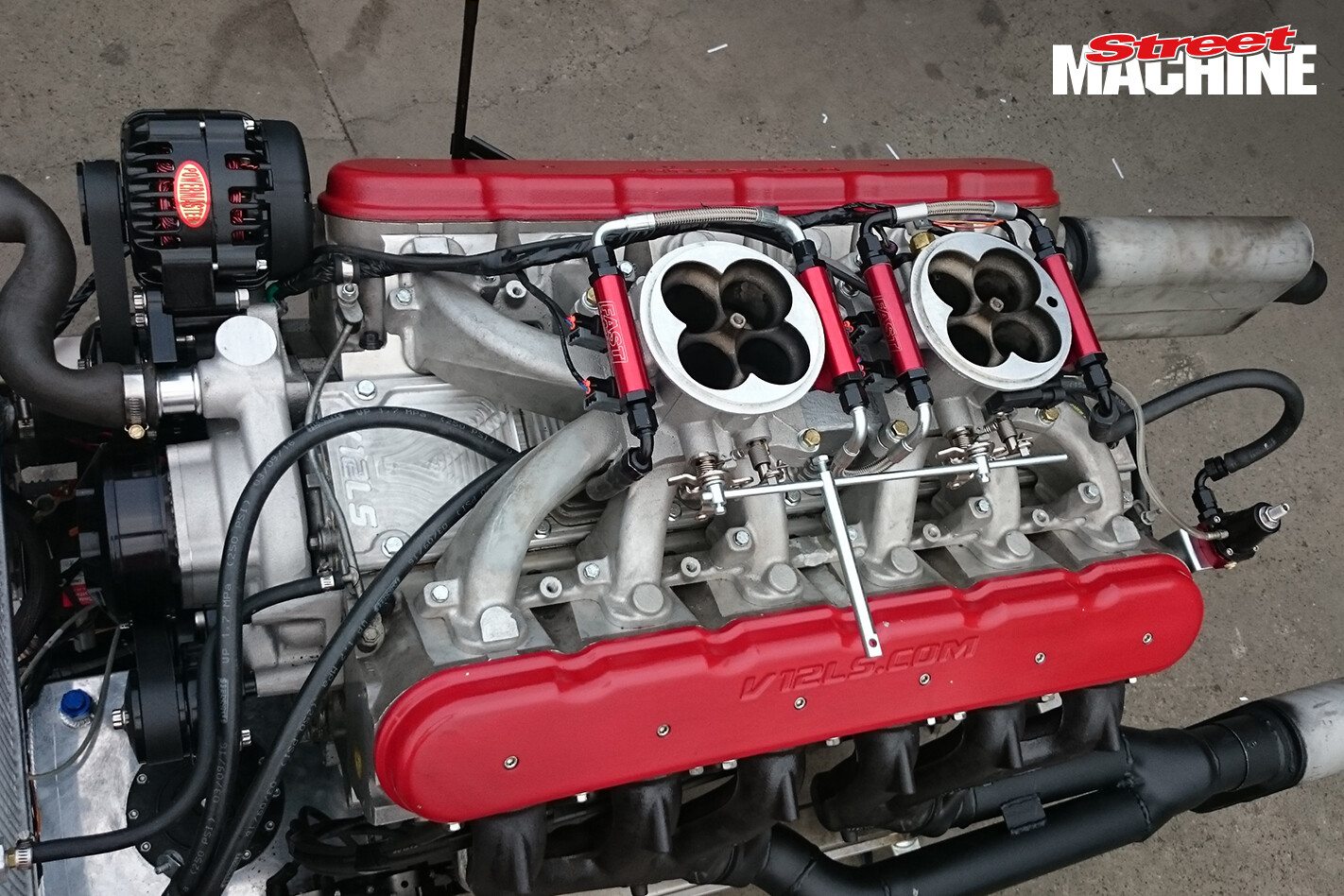 Shane couldn’t find a local company to make him a crankshaft, so he sourced a custom-built item from overseas, while the billet camshaft was machined by Clive Cams in Ferntree Gully. “We tried to source as much locally as we could, but no-one wanted to touch the job of making the crank here in Australia,” Shane says. “For the intake we used a pair of single plane four-barrel intakes and cut front and rear runners off one each, then welded a large plenum chamber between them.”
Shane couldn’t find a local company to make him a crankshaft, so he sourced a custom-built item from overseas, while the billet camshaft was machined by Clive Cams in Ferntree Gully. “We tried to source as much locally as we could, but no-one wanted to touch the job of making the crank here in Australia,” Shane says. “For the intake we used a pair of single plane four-barrel intakes and cut front and rear runners off one each, then welded a large plenum chamber between them.”
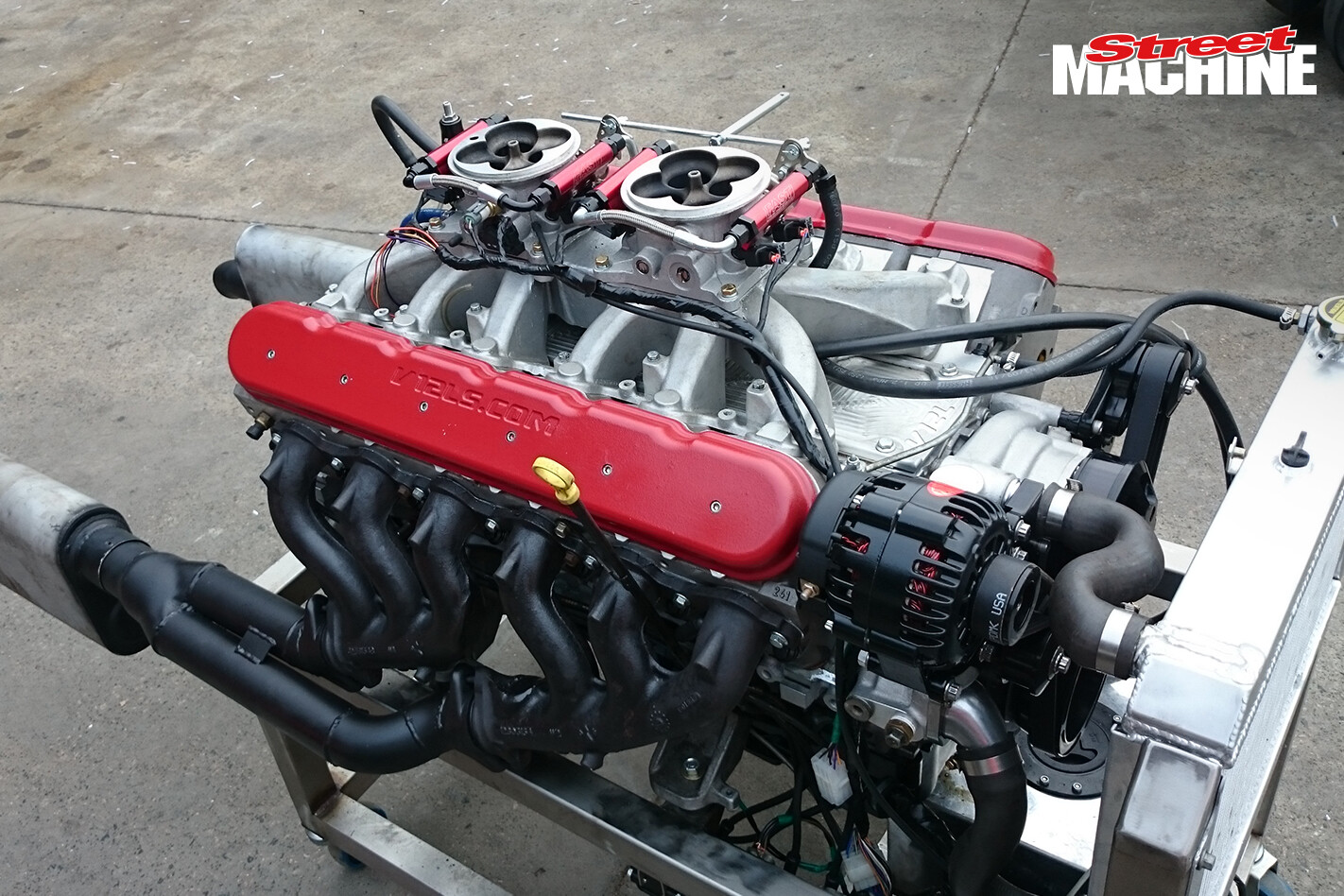 To control it all the guys are using a Haltech Elite 2500, which works with the twelve coil packs and two FAST EFI throttle bodies to handle the fuel and spark. “It was the simplest way to do it,” Shane says. “Even if we’d just used carbies we would have still needed a computer to control the ignition. The Haltech also allows us to run the V12 in an odd-fire configuration, which we needed to do because of the 90-degree block configuration. It’s the only way we can do it without using offset crank pins like a V6 Commodore.”
To control it all the guys are using a Haltech Elite 2500, which works with the twelve coil packs and two FAST EFI throttle bodies to handle the fuel and spark. “It was the simplest way to do it,” Shane says. “Even if we’d just used carbies we would have still needed a computer to control the ignition. The Haltech also allows us to run the V12 in an odd-fire configuration, which we needed to do because of the 90-degree block configuration. It’s the only way we can do it without using offset crank pins like a V6 Commodore.”
With 12 cylinders on a common crankshaft, and 90-degrees between the cylinder banks, the ‘odd fire’ set-up isn’t unheard of. Plenty of manufacturers have had odd-fire V6s over the years, but very few have tooled up for the expense of a 90-degree V12. Most choose to go the easy route and tighten separation between the cylinder banks to 60-degrees and have the cylinders firing 60-degrees apart. At 90-degrees this firing option isn’t possible (without split crank pins), so some cylinders fire 30-degrees apart while others fire 60-degrees apart. It can bring up some interesting harmonics, but it also means this V12 has an exhaust note all of its own.
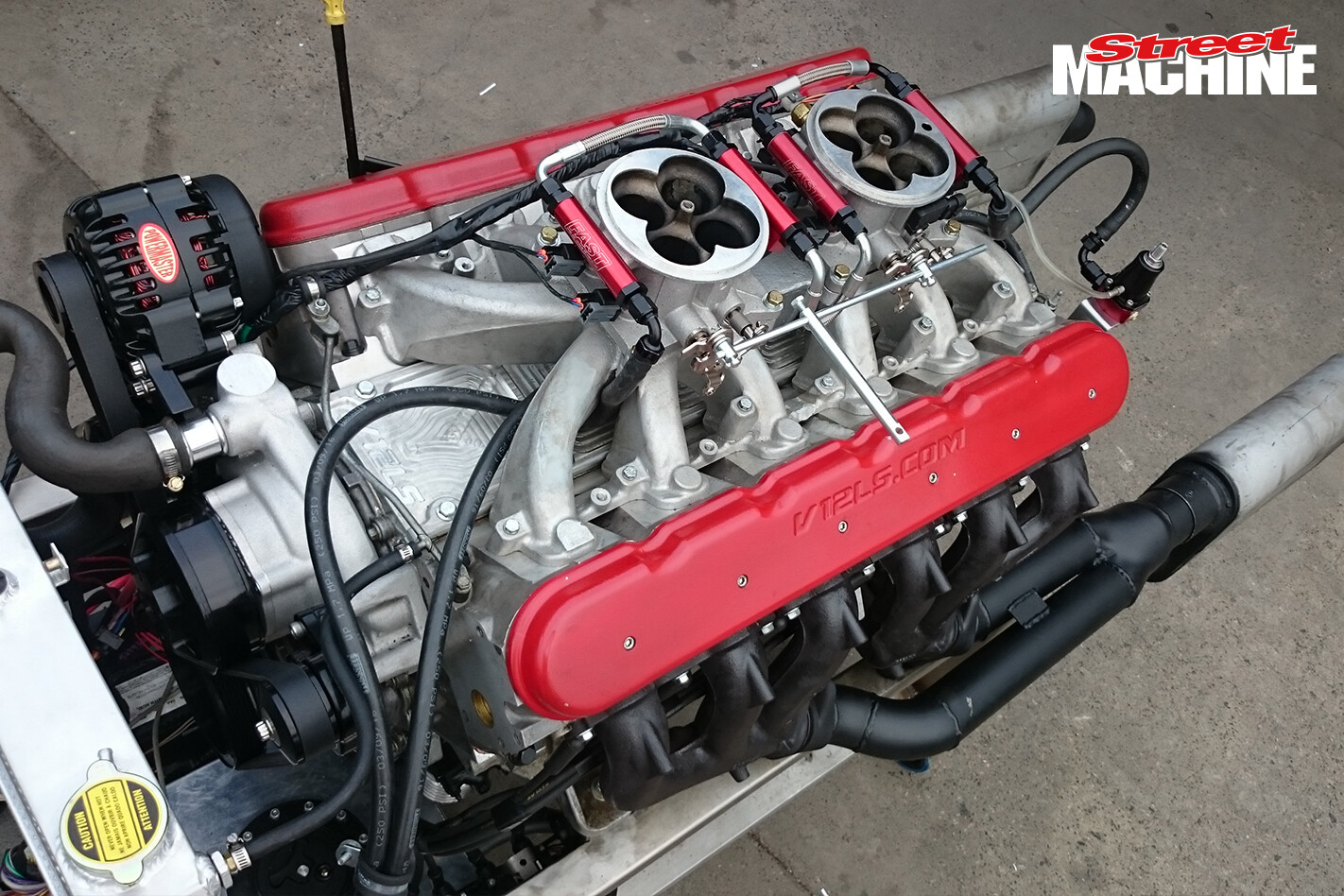 The whole project has been an interesting exercise; from the custom copper head gaskets through to the stresses placed on the starter motor turning 12 big pistons and rods, but the guys are looking to turn this engine into a commercial enterprise.
The whole project has been an interesting exercise; from the custom copper head gaskets through to the stresses placed on the starter motor turning 12 big pistons and rods, but the guys are looking to turn this engine into a commercial enterprise.
“The plan is to just dyno tune this engine and test its reliability in a car. We’re going to put it in a ’68 Camaro and try and have it at SEMA this year, with a view to making the engines commercially available in 2017,” Shane says. “Realistically it should make over 700hp.”
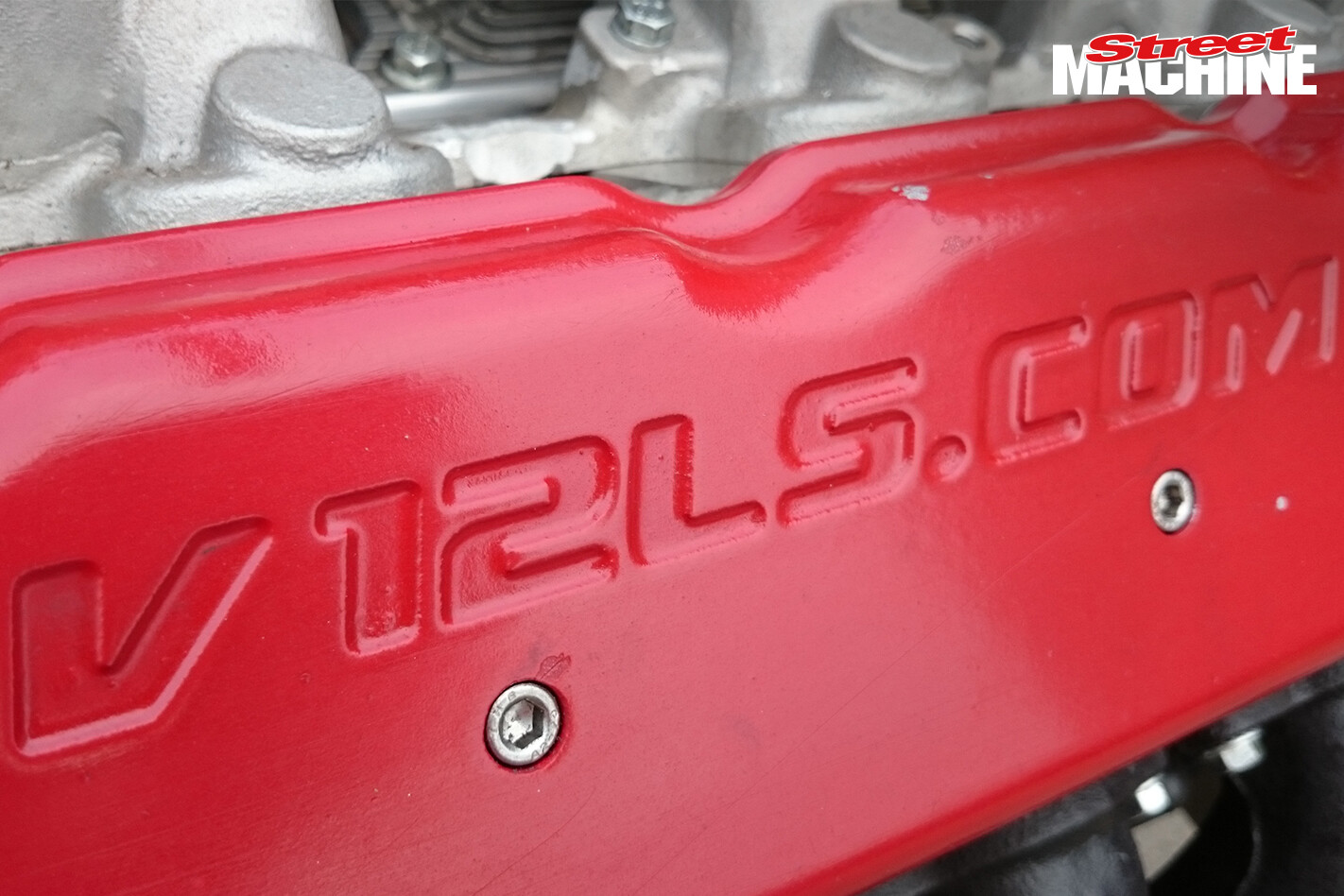 There’s no pricing yet, but what is the cost of individuality? For that bloke looking to have the only V12 hot rod in the parking lot, this engine could be just the ticket. The guys are hoping to eventually offer three different levels of performance, with this engine being the middle ground.
There’s no pricing yet, but what is the cost of individuality? For that bloke looking to have the only V12 hot rod in the parking lot, this engine could be just the ticket. The guys are hoping to eventually offer three different levels of performance, with this engine being the middle ground.
We’ll try and get some footage of the engine on the dyno this week and keep you up to date with this very interesting project. In the meantime check out our video of the engine running on a test stand in a totally un-tuned format. It was running rich as hell, but still sounded awesome. We can’t wait to hear it when it’s tuned.

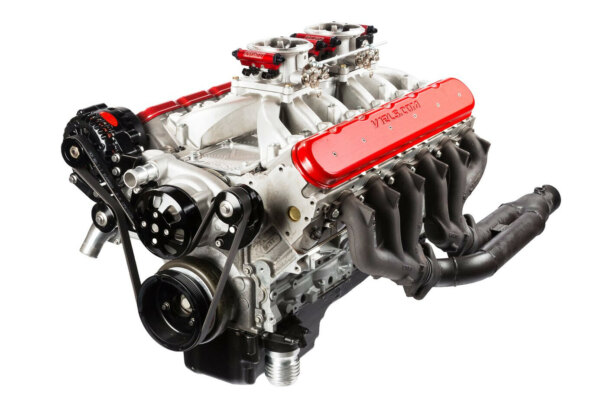
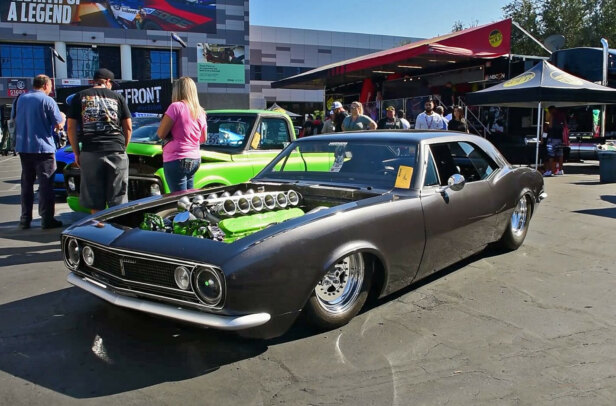

Comments